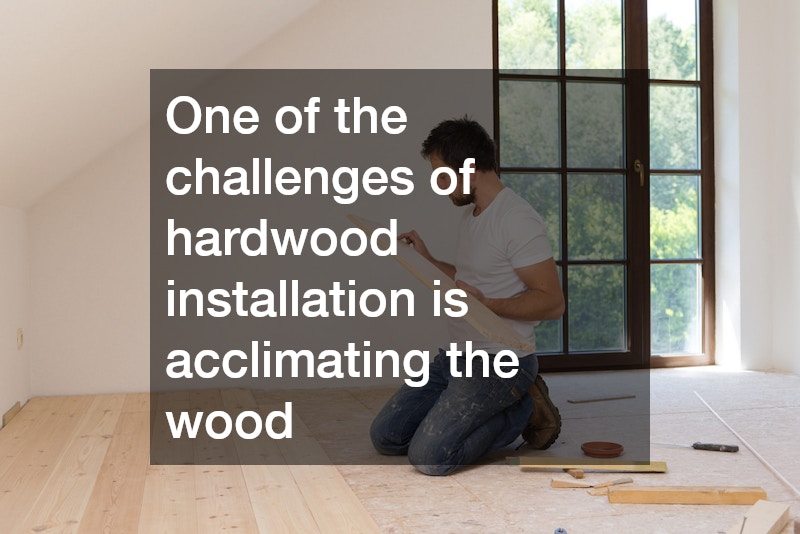Homeowners often face a difficult decision when choosing between hardwood and engineered floors. While hardwood floors have a timeless appeal and can add value to your home, engineered floors offer modern convenience and durability. A skilled flooring installer can help you explore the differences between the two types of flooring and discuss the important factors to consider when making your decision. From preparing the subfloor to the cost and maintenance requirements, each aspect of the installation process can be explained in detail to help you make an informed choice for your home.
Preparing the Subfloor: Setting the Stage for a Lasting Install
Before installing any type of flooring, a flooring installer will stress the importance of properly preparing the subfloor to assure a lasting and stable installation. This step involves checking for any moisture issues, leveling the surface, and addressing any existing damage or imperfections.
A smooth and flat subfloor is essential for hardwood floors to prevent movement or squeaks in the future. A flooring installer may need to sand down high spots or fill in low areas to create a level surface for the planks to rest on.
Engineered floors, on the other hand, are more forgiving when it comes to subfloor preparation. Their multi-layer construction allows for greater stability and resistance to moisture, making them a suitable choice for areas with fluctuating humidity levels.
Hardwood Installation: Traditional Techniques and Challenges
Installing hardwood floors requires skill and precision to achieve a professional-looking result. Depending on the type of hardwood flooring being installed, a flooring installer may use traditional techniques such as nail-down, glue-down, or floating installations.
One of the challenges of hardwood installation is acclimating the wood to the room’s humidity levels to prevent warping or buckling after installation. This process can take several days or even weeks, depending on the species of wood and the environmental conditions.
Once the hardwood is acclimated, it must be carefully installed row by row, making sure each plank is properly aligned and secured to create a seamless finish. This labor-intensive process can be time-consuming, but many consider the process well worth the effort for the timeless beauty of hardwood floors.
Engineered Flooring: Modern Methods for a Faster Fit
Engineered flooring offers a modern alternative to hardwood with its innovative construction and installation methods. One advantage of engineered flooring is its ease of installation, and many homeowners rely on a flooring installer to handle the process efficiently. Thanks to click-lock or floating systems, the job can often be completed more quickly than a hardwood installation.
Engineered floors also come in a wide range of styles, colors, and finishes, giving homeowners plenty of design flexibility. A flooring installer can help you choose the right option to complement your home’s interior while balancing durability and budget.
Due to their enhanced moisture resistance and stability, engineered floors can also be installed in areas where traditional hardwood may not be suitable, such as basements or bathrooms. This makes them a practical choice for homeowners who want both style and performance without sacrificing convenience.
Cost, Time, and Maintenance: What to Expect From Each Option
Hardwood floors are typically more expensive upfront due to the higher quality of materials and labor-intensive installation process. However, with proper care and maintenance, they can add value to your home and last for decades.
Engineered floors are more budget-friendly and offer a quicker installation time, saving you money on labor costs. While they may not have the same longevity as hardwood, engineered floors are still a durable and stylish option for any home.
In terms of maintenance, hardwood floors require regular cleaning and refinishing to keep them looking their best. Engineered floors are generally easier to maintain, requiring only regular sweeping and occasional mopping to keep them in high-quality condition.
The choice between hardwood and engineered floors ultimately depends on your budget, style preferences, and lifestyle needs. Whether you choose the timeless elegance of hardwood or the modern convenience of engineered flooring, a professional flooring installer can help guide you through the installation process and assure a beautiful result that will enhance your home for years to come.
No matter which option you choose, proper maintenance and care will be key to preserving the beauty and longevity of your new floors. With the right choice and expert installation, your home can be transformed with stunning hardwood or engineered floors that will stand the test of time.




